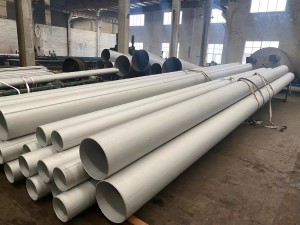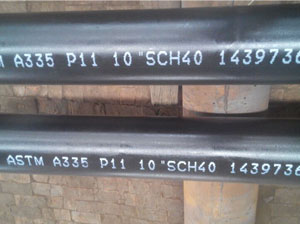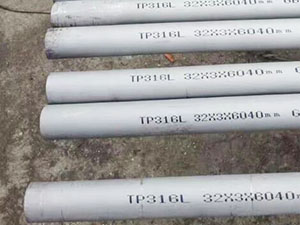What is Cold Welding?
Cold welding is a solid-state welding process that requires little or no heat to join two or more metals together. Instead, the energy used to join the materials together comes in the form of pressure. During the cold welding process, no metal is liquified or even heated to a notable degree.
How Does Cold Welding Work?
The reason behind why cold welding can bond two metals together without heat is because of the removal of the oxide layers on the surfaces of the materials being joined.
Almost all metals in normal conditions have some type of oxide layer on them, even though it may not be visible to the naked eye. These metal oxides form a barrier that prevents the metal atoms on the materials from being pressed together and bonding with one another. However, once the oxide layer is removed, the metal atoms are able to join with one another with enough pressure.
To remove the oxide layer, various mechanical and chemical methods are used. Wire brushing, degreasing, and other techniques are used to ensure that the metals surface is free from oxides. The metals must also be somewhat ductile. Industrial machinery is then used to create the substantial amount of pressure needed to create the metallurgical bonds.
What is Cold Welding Used For?
One of the most popular instances of cold welding is when joining dissimilar metals. This is because when dissimilar metals are melted together, they do not join well. This can result in the metals not joining together, or can lead to weak welds or welds with cracks. Cold welding avoids this problem as it relies solely on the atomic bonds formed through free electrons.
Typically, cold welding is used to create butt or lap joints. Industries include aerospace, automotive, advanced fabrication applications, and laboratory experiments often use cold welding. It is also often used for joining wires together.
What Metals Can Be Cold Welded?
Since ductile materials are typically required, metals that are commonly cold welded include:
Aluminum (including unweldable grades such as the 7XXX series)
Copper
Brass alloys
Metals that contain carbon are not able to be joined using cold welding.
What are the Advantages and Disadvantages of Cold Welding?
One of the biggest advantages of cold welding is that there is no heat affected zone. This reduces the risk of negative chemical and mechanical changes to the base material during the welding process. Another key advantage is the ability to join dissimilar metals, as mentioned above. Also, if cold welding is performed correctly it creates a weld at least as strong as the weakest parent material.
The primary disadvantage of using cold welding is that the materials must be extremely clean and oxide free to create a satisfactory weld. This can be difficult to do, and it can also be expensive and hard to implement in a high-volume scenario. Since at least one of the metals must be ductile, cold welding is also limited by what alloys can be joined together.
HTpipe
At HTpipe, we supply a wide range of metals for a variety of applications. Our stock includes: carbon steel stainless steel, alloy steel, galvanized steel, nickel alloy etc
Our hot rolled and cold rolled steel is available in a wide range of shapes including: bars, tubes, sheets and plates. We can cut metal to your exact specifications.
Visit our website http://htpipe.com Welcome your inquiry to sophia@htpipe.com





